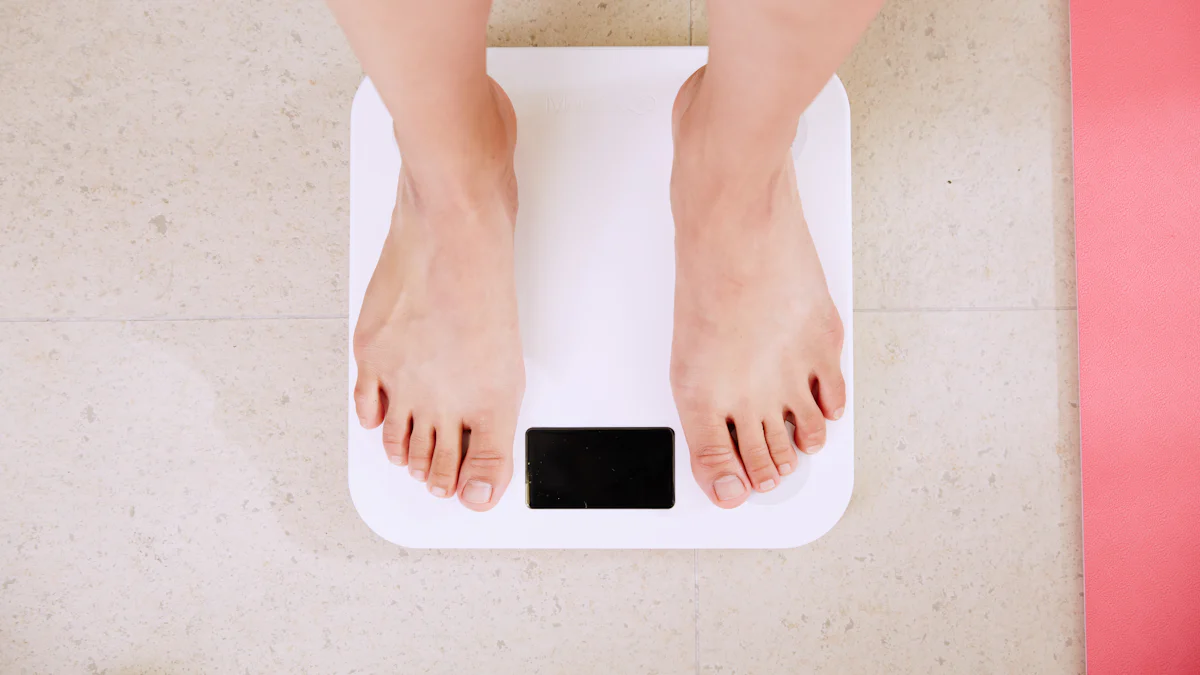How Long Does It Take for Tirzepatide to Start Working?

Tirzepatide is a groundbreaking medication designed to manage type 2 diabetes and aid in weight loss. This dual-action drug targets both Glucose-Dependent Insulinotropic Polypeptide (GIP) and Glucagon-Like Peptide-1 (GLP-1) receptors. Understanding the onset of action for tirzepatide is crucial for patients and healthcare providers. Knowing how long does it take for tirzepatide to work helps in setting realistic expectations and monitoring progress effectively.
How Long Does It Take for Tirzepatide to Work?
Clinical Trials and Studies
Key findings
Clinical trials provide valuable insights into the effectiveness of tirzepatide. Researchers conducted several studies to determine the drug's impact on weight loss and blood glucose levels. Participants in these trials included individuals with type 2 diabetes and those struggling with obesity. The trials revealed significant improvements in both weight reduction and glycaemic control.
Timeframe for initial effects
The timeframe for initial effects of tirzepatide varies among individuals. Most participants noticed changes within a few weeks of starting the medication. Blood glucose levels began to stabilise within the first four weeks. Weight loss became evident after approximately 12 weeks of consistent use. The full effects of tirzepatide typically manifest after four to six months of treatment.
Expert Opinions
Insights from endocrinologists
Endocrinologists offer valuable perspectives on how long does it take for tirzepatide to work. Dr. Lauren Lemieux, a leading expert, emphasises the importance of patient-specific factors. According to Dr. Lemieux, individual responses to tirzepatide can vary based on age, weight, and overall health. Endocrinologists recommend close monitoring during the initial weeks of treatment.
Patient case studies
Patient case studies highlight real-world experiences with tirzepatide. One case involved a 45-year-old woman with type 2 diabetes. She experienced noticeable improvements in blood glucose levels within three weeks. Another case featured a 60-year-old man with obesity. He achieved significant weight loss after 16 weeks of using tirzepatide. These case studies underscore the variability in how long does it take for tirzepatide to work.
Factors Influencing the Effectiveness of Tirzepatide

Dosage and Administration
Recommended dosages
The effectiveness of tirzepatide largely depends on the dosage prescribed. Healthcare providers usually start with an introductory dose. This initial dose helps the body adjust to the medication. Gradual increases in dosage occur under medical supervision. The specific dosing should always be tailored to individual needs. A healthcare provider will determine the appropriate dosage based on various factors.
Administration guidelines
Proper administration of tirzepatide is crucial for its effectiveness. The medication is administered through subcutaneous injections. Patients should follow the prescribed schedule for these injections. Consistency in administration ensures optimal results. Healthcare providers often recommend injecting tirzepatide at the same time each week. This routine helps maintain stable levels of the medication in the body.
Patient-Specific Factors
Age and weight
Age and weight significantly influence how long does it take for tirzepatide to work. Younger patients may experience quicker results. Older individuals might need more time to see noticeable changes. Weight also plays a crucial role. Patients with higher body mass indices (BMI) may require longer periods to observe significant weight loss. Healthcare providers consider these factors when prescribing tirzepatide.
Co-existing medical conditions
Co-existing medical conditions can affect the effectiveness of tirzepatide. Conditions such as hypertension or cardiovascular diseases may impact how long does it take for tirzepatide to work. Patients with multiple health issues might experience slower progress. Healthcare providers must monitor these patients closely. Adjustments in dosage or administration might be necessary to achieve the desired outcomes.
Patient Experiences and Testimonials

Real-World Experiences
Success stories
Many patients have shared their positive experiences with tirzepatide. One notable success story involves a 63-year-old woman who began using Mounjaro (tirzepatide) in July 2022. Initially weighing 206 lbs, she managed to reduce her weight to 130 lbs by March 2023. She reported that tirzepatide eliminated her desire to eat, making it easy to consume only light meals throughout the day. This patient experienced mild constipation, which was manageable with dried prunes. She also noted some hair loss due to a lack of nutrients, but her hair started growing back.
Another patient with type 2 diabetes experienced significant benefits from tirzepatide. This individual saw improvements in blood glucose levels within three weeks of starting the medication. The patient also achieved substantial weight loss over a period of 16 weeks. These success stories highlight the effectiveness of tirzepatide in managing weight and improving glycaemic control.
Challenges faced
While many patients have had positive experiences, some have faced challenges. The 63-year-old woman mentioned an adjustment period where food no longer seemed appealing. This change required a conscious effort to maintain a balanced diet. Another patient tried Ozempic before switching to tirzepatide due to side effects like fatigue and nausea. Although tirzepatide proved effective, mild constipation was a common issue among users.
Patients with co-existing medical conditions, such as hypertension or cardiovascular diseases, might experience slower progress. Healthcare providers must closely monitor these patients and adjust dosages as needed. Despite these challenges, the overall benefits of tirzepatide often outweigh the drawbacks.
Tips for New Users
Managing expectations
New users should manage their expectations regarding how long does it take for tirzepatide to work. Initial effects may vary among individuals. Blood glucose levels often stabilise within the first four weeks. Noticeable weight loss typically occurs after 12 weeks of consistent use. Full effects usually manifest after four to six months. Understanding this timeline helps set realistic goals and reduces frustration.
Monitoring progress
Monitoring progress is crucial for achieving the best results with tirzepatide. Patients should keep track of their weight, blood glucose levels, and any side effects. Regular consultations with healthcare providers ensure proper dosage adjustments and address any concerns. Maintaining a balanced diet and staying active also contribute to the effectiveness of tirzepatide.
Testimonials:
Patient Testimonial: "Tirzepatide has demonstrated significant benefits in obese patients with heart failure, reducing the risk of major complications by 38% compared to placebo."
Clinical Benefits: "Tirzepatide showed substantial clinical benefits across a range of metabolic outcomes in a broad patient population."
Understanding how long does it take for tirzepatide to work is crucial for patients and healthcare providers. Clinical trials and expert opinions highlight the drug's effectiveness in managing weight and blood glucose levels. Patient experiences provide real-world insights into the journey with tirzepatide, showcasing both successes and challenges. Tirzepatide offers significant benefits, but individual responses vary. Consulting healthcare providers ensures personalised advice and optimal results. Monitoring progress and managing expectations are essential for achieving the best outcomes with tirzepatide.

 USD
USD




